Larrin Thomas Talks About MagnaCut, his New Powder Metallurgy Steel
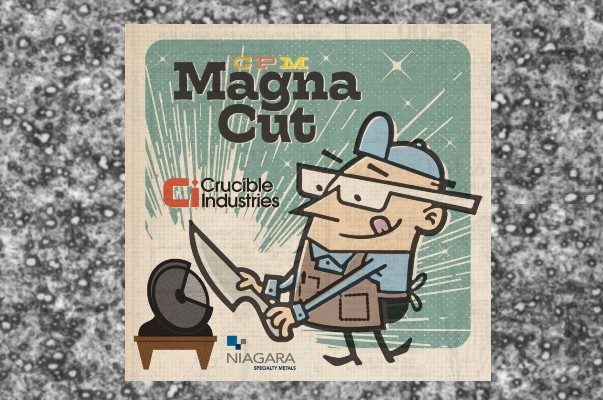
Three years after starting Knife Steel Nerds, a website dedicated to deep analysis of knife steels and their properties, metallurgist Larrin Thomas has released MagnaCut, a new powder metallurgy steel of his own devising.
Thomas is a lifelong steel enthusiast; it was an interest instilled in him at an early age by his father, damascus maker Devin Thomas. Larrin Thomas eventually pursued a career as a professional metallurgist; and in addition to his work on Knife Steel Nerds, he also authored a book on knife steel, called Knife Engineering: Steel, Heat Treating, and Geometry.
Released through a partnership with Crucible, the concept behind MagnaCut is simple: create a stainless powder metallurgy steel with the properties of high performance, non-stainless steels like CPM-CruWear and -4V. The path to achieving this goal was anything but simple, however; Thomas details the years of work and the final results in a characteristically in-depth article here.
With MagnaCut arriving with custom makers now, and widespread availability expected mid-year, we sat down (digitally) to speak with Thomas about the MagnaCut project, its future in the knife industry, and his plans for the coming years. Due to the in-depth nature of the topic and Thomas’s excellent answers, we’ve reproduced the interview in full below:
In your article, you say that the formulation for MagnaCut is not particularly complicated; that doesn’t mean it was obvious, but do you think there’s a reason why metallurgists haven’t tried to do something like MagnaCut before?
I mentioned that it isn’t complicated because when an “armchair” metallurgist wants to come up with a steel composition they typically want more of everything. More vanadium for wear resistance, more nickel for toughness, more tungsten because they don’t know what it’s used for, more cobalt because they heard that’s a good element. If you read an article about the effects of different elements it makes it sound like you just add some of everything to get the properties that you want. Instead we are balancing a lot of things together. Steels that can look rather similar can have very different properties based on relatively small differences in carbon and/or chromium, for example.
The big innovation about MagnaCut is that it is designed to have no chromium carbides after the final heat treatment. That allows it to have the same fine microstructure and high toughness of a non-stainless powder metallurgy steel. While I think the stainless vs. carbon steel debate often ends up going in circles, one area where non-stainless steels have remained king are in the powder metallurgy, high alloy steel category. Steels like CPM-4V, Vanadis 4 Extra, CPM-CruWear, CPM-M4, Vanadis 8, and CPM-10V, have a combination of toughness and wear resistance that are unmatched in available stainless steels. Despite the popularity of steels like S30V and M390, you have to give up some toughness to get the corrosion resistance offered by those stainless steels. MagnaCut instead has more than double the toughness of those two steels.
There are a combination of factors that have led to steel companies not having steels that have been designed to avoid chromium carbides like MagnaCut. One is that stainless tool steels have a relatively narrow market, there are uses in knives, plastics processing, and a few other niche areas and that’s it. Steel companies are always going to prioritize developments in high dollar markets. Another is that, historically, stainless steels have had at least 14% chromium in them, and I think there has been some mental block with metallurgists being willing to go lower. In actuality a good chunk of that chromium is tied up in carbides and therefore does not contribute to corrosion resistance. When carbon has formed with chromium, it isn’t available to combine with oxygen at the surface and form the “passive layer” that gives stainless steel its corrosion resistance. So in practice stainless steels in knives have as little as 9% chromium “in solution” for corrosion resistance, or even less in the case of ZDP-189. Therefore stainless steels can be designed with less chromium than you would think by looking at historical steels. This may have been a case where something seems obvious in retrospect but it requires someone to notice that, “hey, everyone keeps looking over here in this space and if we would just move over here there are some exciting possibilities.”
I already have people messaging me and telling me that despite my claims MagnaCut is not a true stainless steel, but they simply don’t understand what is going on here. By multiple measures MagnaCut has excellent corrosion resistance, better than almost all of the steels I tested apart from Vanax. And I also used Electron Dispersive Spectroscopy to directly measure how much chromium is “in solution” and it confirmed that MagnaCut has more than common steels like CPM-154, S35VN, and S30V, and is similar to S45VN. So at worst if you don’t believe my corrosion resistance experiments then it can at least match common knife steels.
As MagnaCut sees more use and evaluation by makers and fellow knife nerds, is it possible there will be any changes/alterations to the formulation? A Gen 2 or anything along those lines?
The only changes that could occur would be small tweaks for manufacturing, such as better centering of an element based on the distribution we get, etc. But those would not affect the final properties. If we did any kind of “Gen 2” it would be an intentional alteration under a new name, changing the balance of the steel to emphasize another property at some expense to others such as wear resistance, toughness, or corrosion resistance.
You mention that MagnaCut is now your recommendation for the best balanced knife steel. Are there any more specialized applications it is not meant/ideal for?
If you want very high wear resistance a better choice would be S90V or S110V, or for more toughness at the cost of corrosion resistance then CPM-10V or Vanadis 8. And while MagnaCut has excellent toughness, for very high toughness applications you would switch to AEB-L. Non-stainless steels still have the advantage of very high potential hardness, like 66-68 Rc. It is very challenging to get a steel that is still corrosion resistant while reaching those kinds of hardness levels. So for extreme knives in that high hardness range you would look at a non-stainless alternative like Vanadis 4 Extra or CPM-4V. Fortunately, MagnaCut can reach 64+ RC which is sufficient for most knives.
With wider distribution for MagnaCut on the horizon, do you feel there’s any possibility of seeing a production knife with MagnaCut in the next few years?
We will certainly see production knives in this steel. Samples have already been sent to several production companies and they are expressing interest based on the properties that we have measured. It is ideally suited for production companies in several ways; it is easy to grind and heat treat which are big concerns for production companies. Hopefully when they try it out they agree.
Do you have plans or ideas for other new steels? Are there any other “genres” of steel, or blend of steel traits, you’d like to work towards?
I have a long list of ideas for different steel types. If it was up to me I would have 12 different steel types with all different combinations of properties. Of course that isn’t realistic so we have to be selective with what we pursue next. I still have a project in the works for a conventionally produced steel (as opposed to powder metallurgy like MagnaCut). Producing steel conventionally has its own design challenges. I would also like to make variants of MagnaCut where we emphasize other properties like edge retention, but I wouldn’t plan on seeing anything like that anytime soon. MagnaCut filled a huge gap in properties of available stainless steels and I think in recent years enthusiasts have sometimes been too focused on pure wear resistance for edge retention. There have been exceptions like CPM-CruWear where there has been excitement about a more balanced steel that gets excellent edge retention from thinner edge geometry instead. We will know if MagnaCut is successful when knife buyers are talking about steels being desirable for more reasons than just wear resistance. Steels like S90V are great but wear resistance isn’t everything.


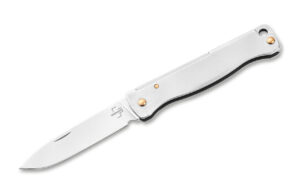
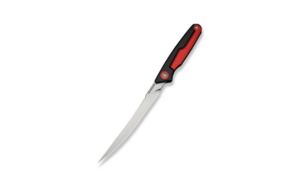
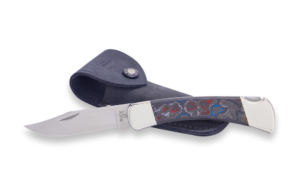
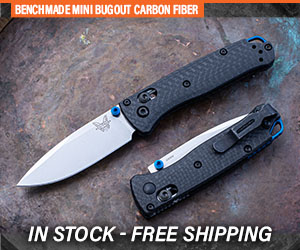





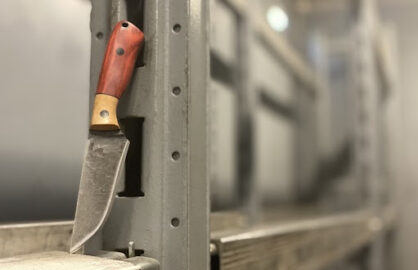

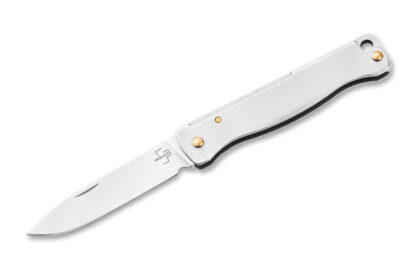
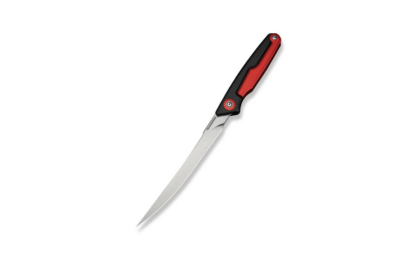

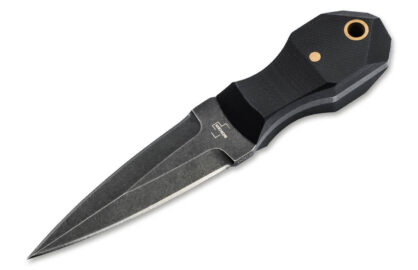



0 comments